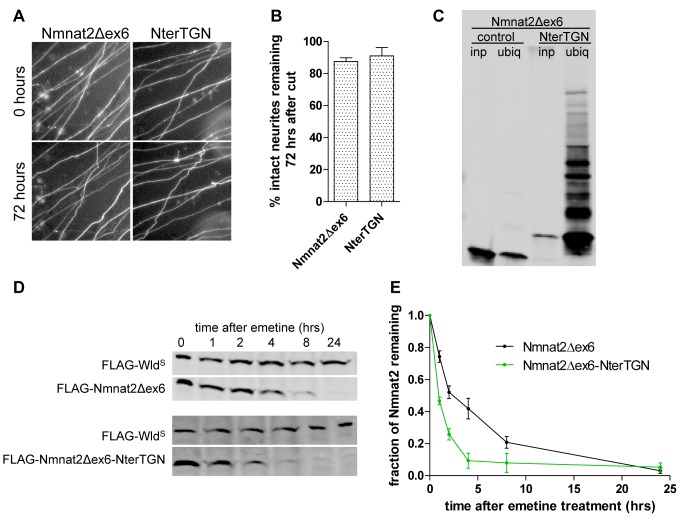Figure 9. Membrane re-targeting through N-terminal TGN38 tag causes ubiquitination and destabilization but does not impair protective capacity of Nmnat2Δex6.
(A) Representative fields of view of distal primary culture SCG neurites 0 and 72 h after neurite cut, labelled by dsRed2 expression and injected with 0.0005 µg/µl Nmnat2Δex6-EGFP or Nmnat2Δex6-NterTGN-EGFP. (B) Quantification of experiment shown in (A). Error bars indicate SEM. (C) Representative Western blot of GST-Dsk2 pulldown assay. HEK293 cells expressing FLAG-Nmnat2Δex6 or FLAG-Nmnat2Δex6-NterTGN were lysed (inp. – total input), and ubiquitinated proteins were immunoprecipitated using GST-Dsk2 bound to glutathione beads (ubiq.). GST-fused mutant Dsk2 was used for control pulldown (cont.). Eluted proteins were processed for SDS-PAGE and analysed by Western blot using anti-FLAG antibody. (D) Representative Western blot of HEK293 cells co-transfected with FLAG-WldS and FLAG-Nmnat2Δex6 or FLAG-Nmnat2Δex6-NterTGN. Twenty-four hours after transfection, cells were treated with 10 µM emetine for the amount of time indicated after which samples were processed for SDS-PAGE and Western blot using anti-FLAG antibody. (E) Quantification of Nmnat2Δex6 turnover after emetine treatment. For each sample and time point, the amount of FLAG-Nmnat2Δex6 remaining was normalised to FLAG-WldS as an internal control. Error bars indicate SEM.

